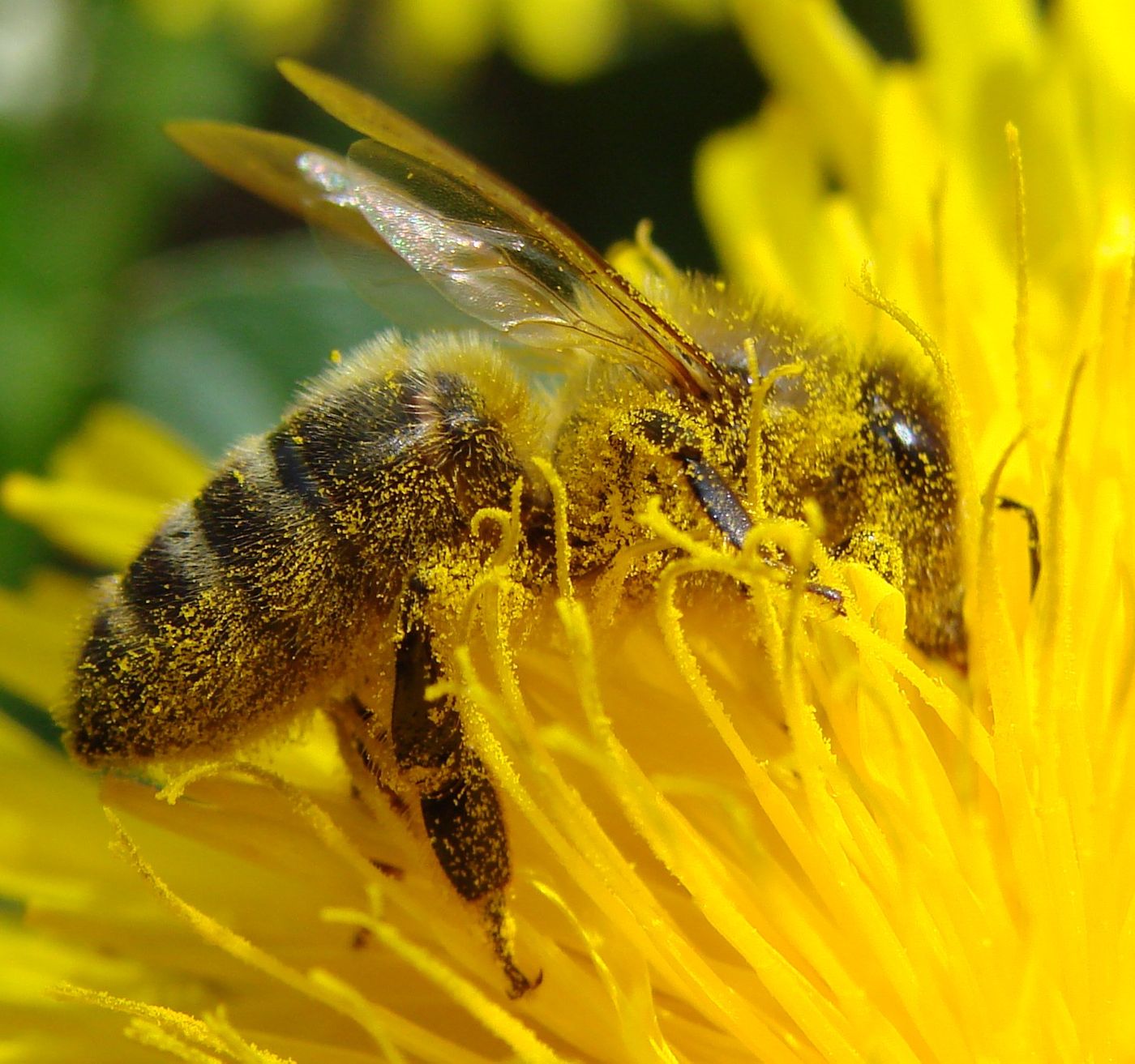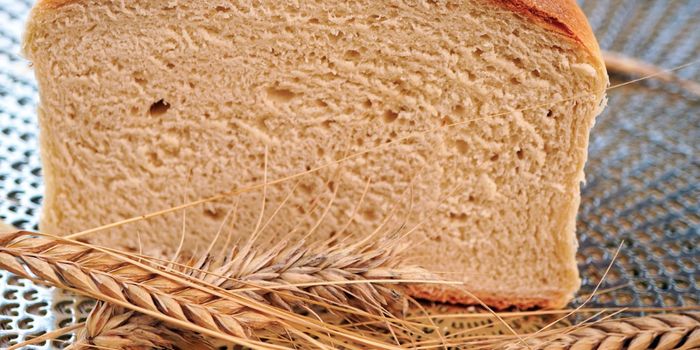Where Are All the Wild Bees When You Need Them?
Plants rely on pollination to reproduce, and while many insects can help with pollination, among one of the most important pollinators is the bee.

Unfortunately for plants that rely on pollination to reproduce, the bee hasn’t been around all too much. A recent study performed by the University of Vermont suggests that bee numbers are thinning where they’re needed most, and it’s having a negative impact on the pollination process that plants depend on.
“We see striking mismatches in many places between the demand for pollination and the ability of wild pollinators to support that need,” said pollination ecologist Neal Williams, an associate professor in the UC Davis Department of Entomology and Nematology. “Indeed it is crops where demand has most increased that we estimate greatest decline in wild pollinator supply.”
Pollination is a fragile part of the ecosystem in which insects of all sorts, including bees, butterflies, flies, moths, and even wasps, agitate the pollen supplies of plants so that the wind can carry it away and help new plants grow. Pollen can be closely compared to a mammal’s sperm cells, and it needs to reach the plant’s stigma just like sperm cells need to reach the egg.
Often times, the wind will help with pollination, but little critters help the pollen spread further, giving plants more reign over a specific area.
Since wild bees are among one of the most pollination-friendly types of insects, the decline in their availability for this role is bad for the environment because it means less pollination, which also means fewer pollinated plants. In fact, 139 United States-based counties exhibit some kind of “mismatch between pollination supply and demand,” the study notes.
One of the more recent solutions to this problem, which is still in the middle of acceptance because some farmers are skeptical, is the use of pesticides that are not only bee-friendly, but also friendly to other pollinators. Many farmers are skeptical because bees do their job well, and then fly away, while many other critters stick around leaving behind more destructive side-effects.
In fact, other insects can do up to 25-50% of the pollination work that a single bee will, which is still better than nothing, and may be a good alternative to pollination until the bee population problems can be solved.
Source: UCDavis








